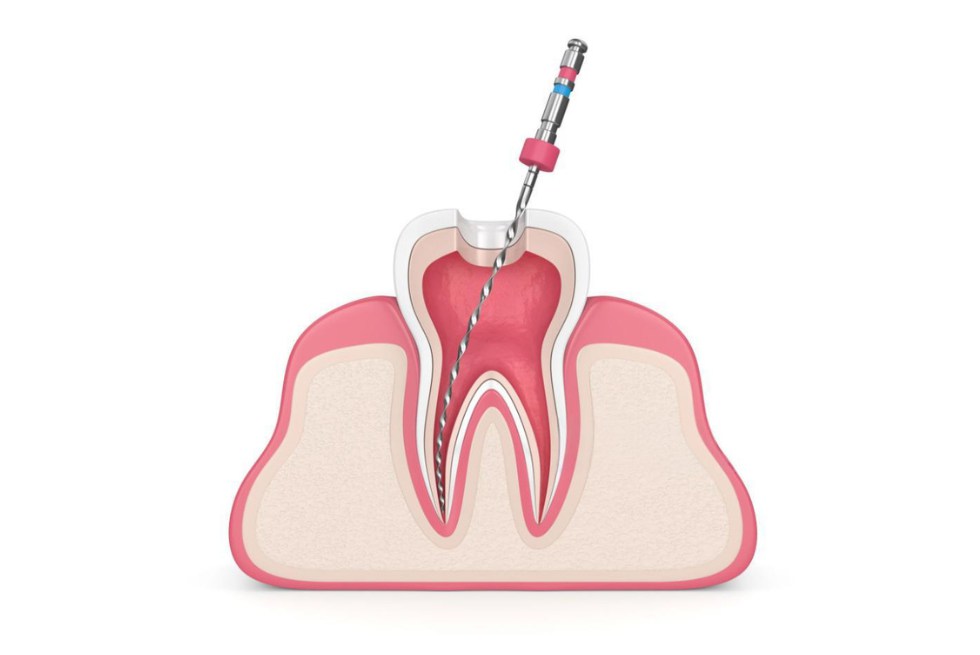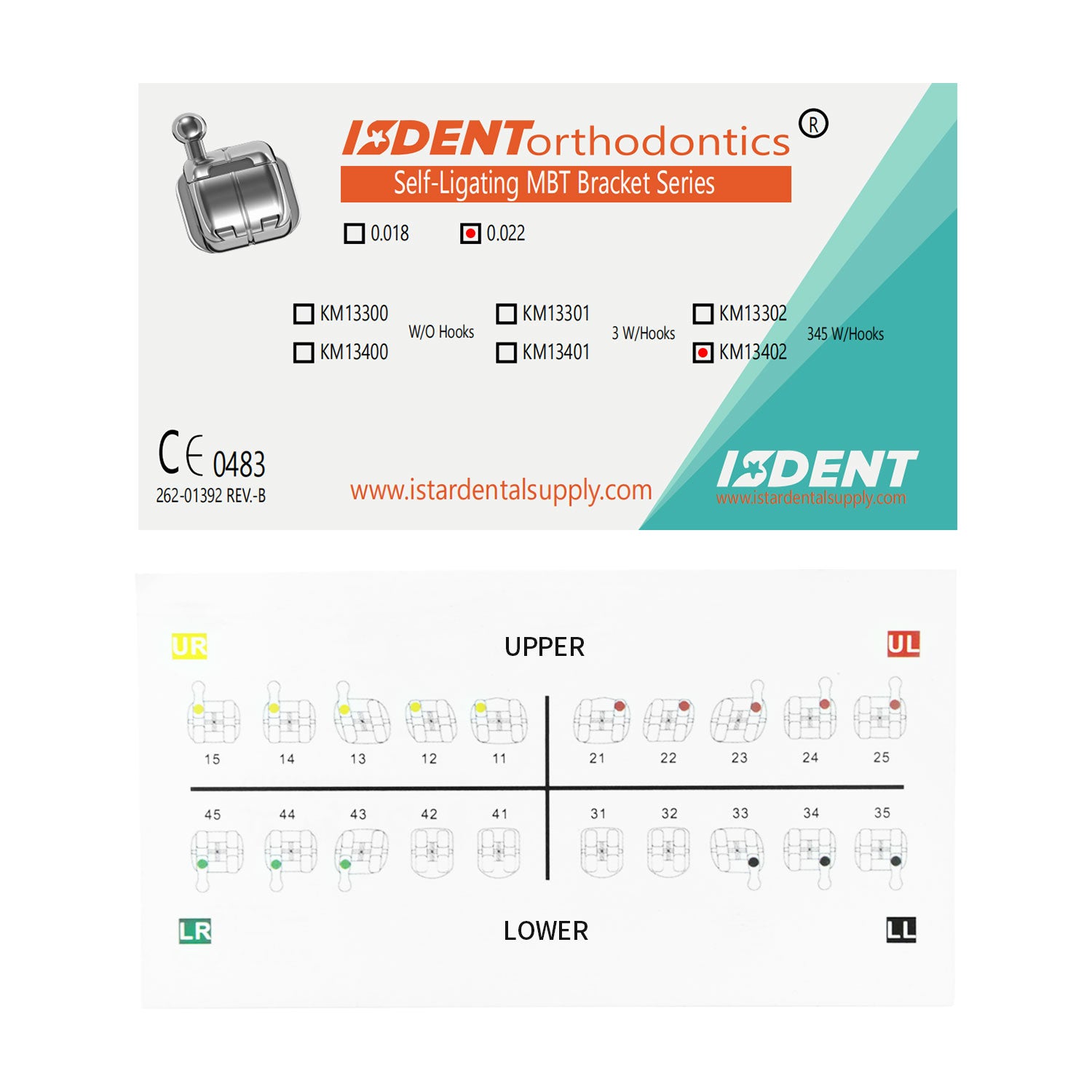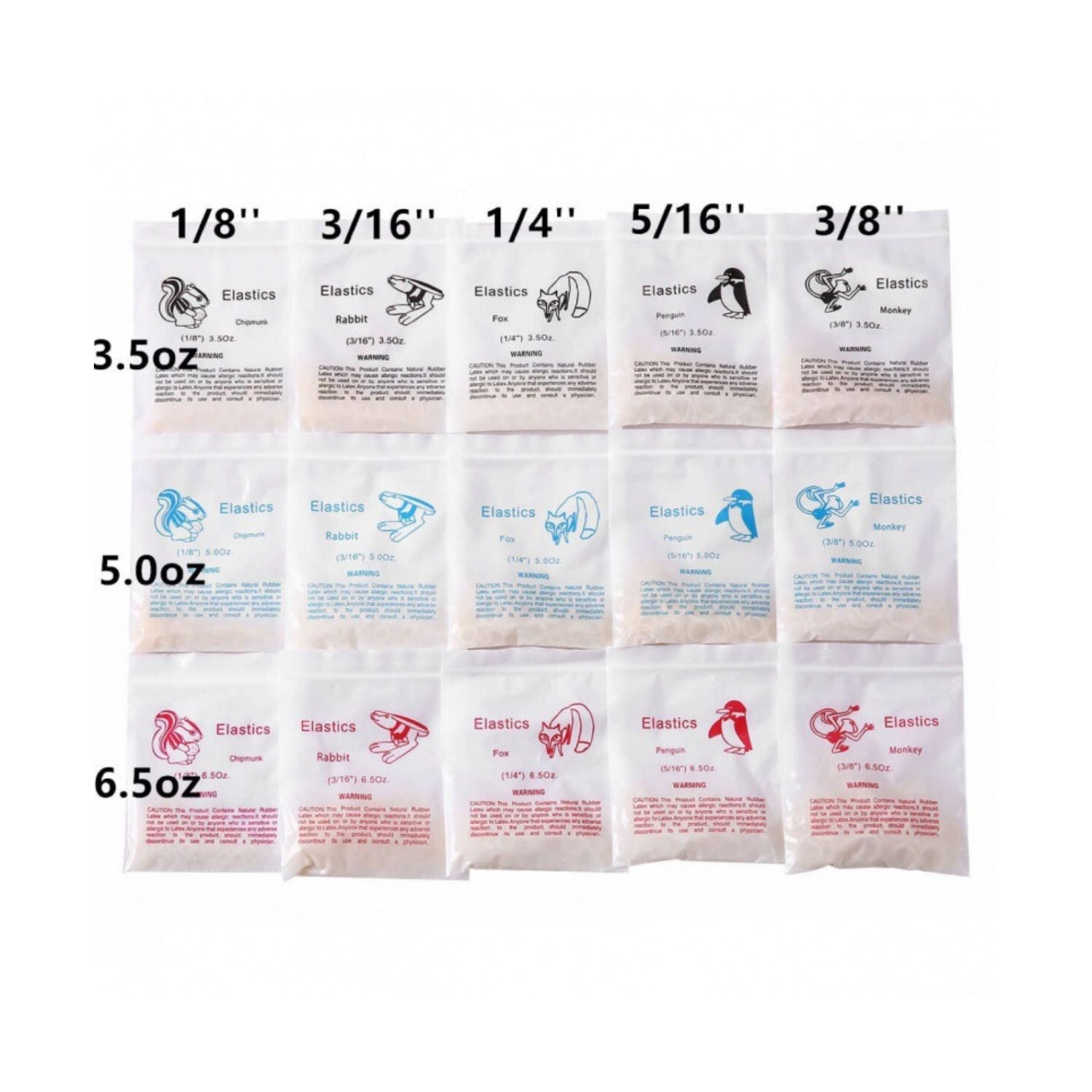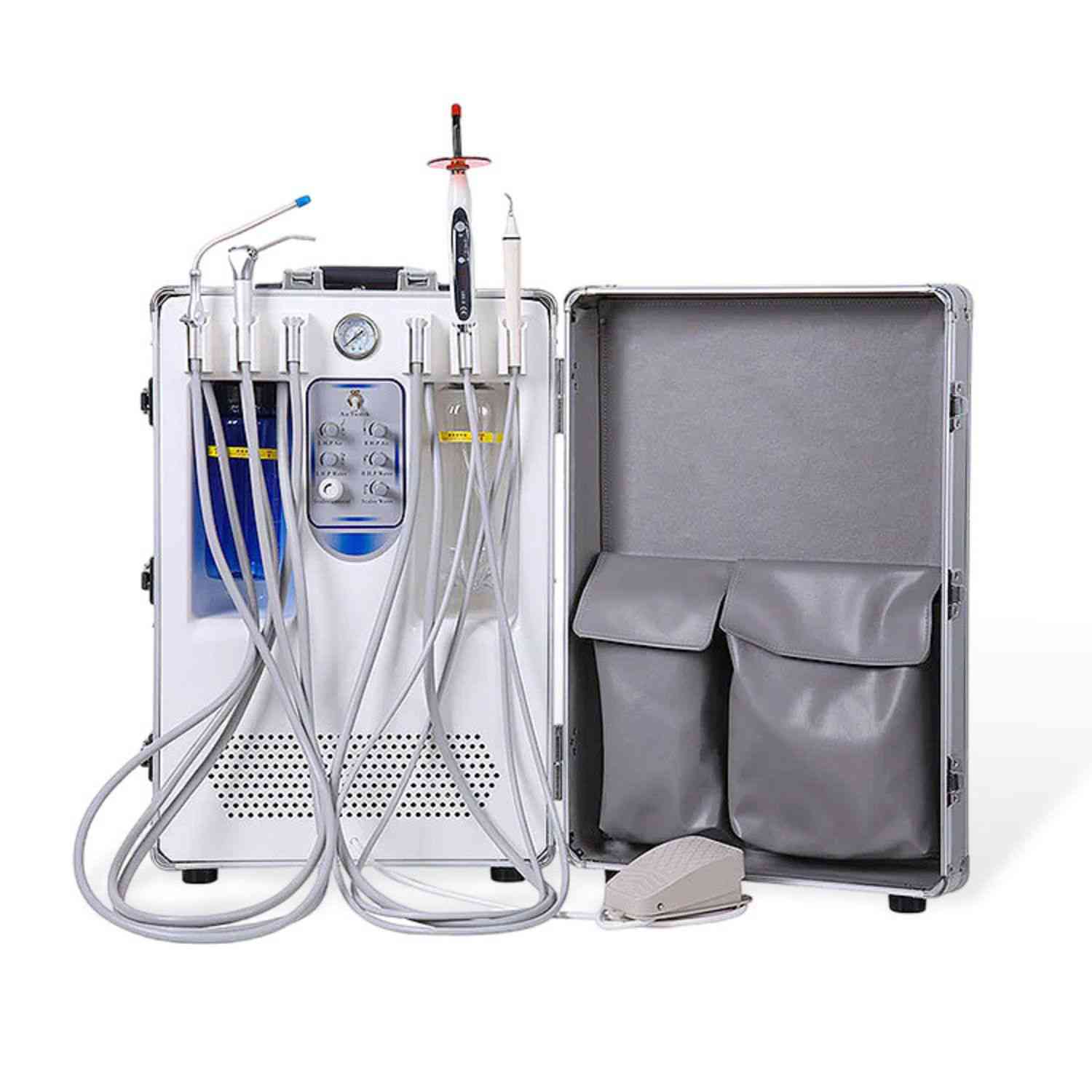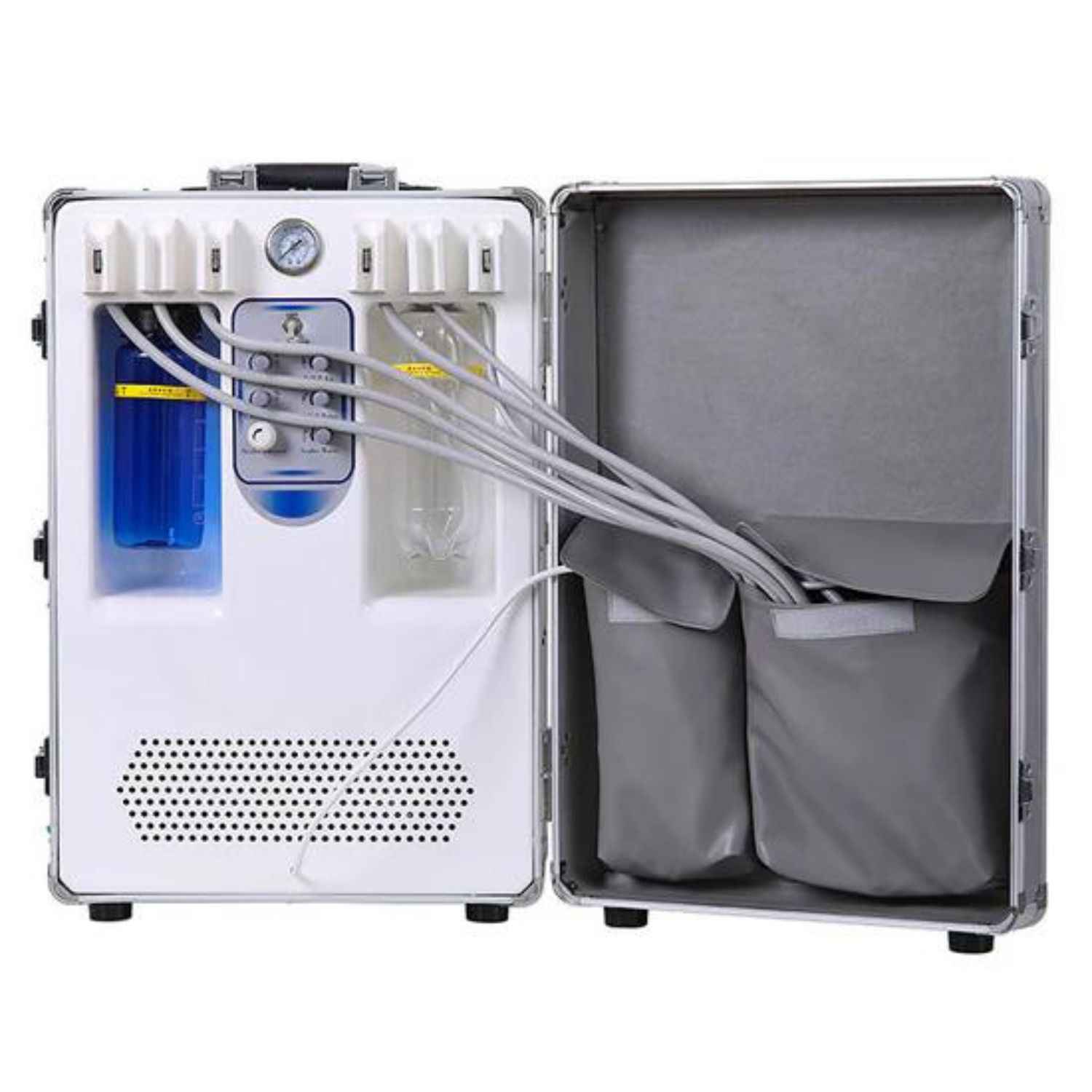A Guide to the Dental Root Filling Procedure
This article is for you if you’ve been told you need a root canal filling. I’m going to walk you through everything I learned. We will talk about what a root canal is, why you might need one, and what the root filling procedure is really like. By the end, you will see that getting a root canal is a good thing. It’s a way to save your natural tooth and end the pain from a bad tooth infection.
What Is a Root Filling and Why Might I Need a Root Canal?
A root filling is a special type of filling used in endodontic treatment, which is the fancy name for root canal treatment. Let me break it down. Every tooth has a soft center called the pulp. The pulp is inside a space called the pulp chamber and root canals. These canals are tiny passages that go from the center of the tooth down to the root tip.
If this pulp gets infected because of deep decay or an injury, it can cause a lot of pain. A root canal treatment is a dental procedure where your dentist cleans out the infected pulp from inside the tooth and its canal system. After the canal is clean and empty, the dentist fills it. That filling is the root filling. Its job is to seal the canal completely so bacteria can't get back inside. So, if you have a deep infection, you need a root canal to clean it out and a root filling to protect the tooth afterward.
The whole aim of root canal treatment is to remove the source of the infection from the canal and save the tooth. Without this dental treatment, the infection could spread and form a painful abscess. You might even lose the tooth. This treatment is a dental procedure designed to prevent that from happening. It’s a way to keep your smile whole.
What Is the Pulp Inside My Tooth?
Inside your tooth, there is a soft tissue called the dental pulp. This pulp is made of nerves and blood vessels. It is the living part of the tooth. When you are young, the pulp helps your tooth grow. Once the tooth is fully grown, it can live without the pulp.
The problem starts when the pulp gets hurt. This can happen from a deep cavity, tooth decay, or even repeated dental procedures on the same tooth. When bacteria get into the pulp, it becomes an infected pulp. This is what causes the pain and swelling. The pulp cannot heal itself once it is badly infected.
Your dentist has to remove the infected or inflamed pulp to stop the infection from spreading. Think of it like cleaning out a wound. The empty space left behind, the canal, must be cleaned and sealed. The health of the canal is very important for the long-term health of your tooth. This is why the root canal procedure is so necessary for a damaged or diseased tooth.
How Do I Know if I Need a Root Canal Treatment?
You might be wondering, "How do I know if I need root canal treatment?" In my case, it was a constant, throbbing tooth pain. But there are other signs to watch for. A big one is pain when you chew or put pressure on a certain tooth. Another sign is a tooth that is very sensitive to hot or cold temperatures, even after the hot or cold thing is gone.
Your dentist is the only one who can say for sure. They will look for things like a small pimple on the gums near the sore tooth. This can be a sign of an abscess. They might also see that your gums are swollen or tender. Sometimes, the affected tooth may even look darker than your other natural teeth.
If you have any of these signs, you should see your dentist right away. They will take X-rays to look at the canal system of your tooth. The X-ray will show if the pulp is infected and if the infection has spread to the bone around the tooth. Ignoring the problem will not make it go away; it will only get worse. Getting help early is the best way to save a tooth.
What Happens During Root Canal Treatment?
Let's talk about what happens during root canal treatment. First, they take an X-ray to see the shape of the root canals and check for infection. Then, they use a local anaesthetic to make the area around the tooth completely numb. This is the first step to making it a comfortable procedure.
Next, the dentist often places a small sheet of rubber, called a dental dam, around the tooth. This keeps the tooth dry and protects the rest of your mouth. Then, the dentist makes a small opening in the top of the tooth to reach the pulp. Using very small dental instruments, they carefully remove the infected pulp from inside the canal. They clean and shape the inside of the tooth, flushing the canal with water to wash away any debris.
Once the canal is totally clean, it is ready to be filled. The whole process felt a lot like getting a routine filling, just a bit longer. The root canal treatment is usually carried out over one or two visits, depending on how bad the infection is. For a complex root, it might take more time.
Is Getting a Root Canal a Comfortable Procedure for My Tooth?
This is the big question for most people. Getting a root canal is not the scary, painful thing people say it is. The American Association of Endodontists reports that with modern medicine and anesthetics, the procedure is no more uncomfortable than getting a simple dental filling. The pain people associate with root canals is usually the pain from the infection before the treatment, not the treatment itself.
The goal of the dentist is to relieve your pain, not cause more. The local anaesthetic makes the tooth and the area around it numb. You might feel some pressure, but you should not feel pain. If you have dental anxiety, talk to your dentist. They can help you feel more relaxed. For me, knowing what to expect made a huge difference.
The purpose of a root canal treatment is usually to fix a painful problem. The procedure removes the infected tissue that is causing the pain. So, the root canal treatment is actually the solution to your tooth pain. After the treatment, the terrible ache from the infection is finally gone. The canal is clean and the tooth can begin to heal.
What Is the Root Filling Procedure for the Canal?
After the inside of your tooth has been cleaned and disinfected, the next step is the root filling procedure. This is where the dentist seals the canal. The canal cannot be left empty, or it could get infected again. The dentist fills the clean canal with a special filling material.
This filling is often a rubber-like material called gutta-percha. The dentist places this material called a dental material called gutta-percha into the canal. It is sealed in place with a cement. The goal is to fill the entire canal, from the top all the way down to the root tip. This creates a tight seal. This root canal filling keeps bacteria out and protects the tooth from future infection.
Think of it like this: the root canal treatment cleans out the bad stuff from the canal, and the root filling makes sure no more bad stuff can get in. After the canal is filled, the dentist will put a temporary filling on top of the tooth to close the opening. This protects the tooth until you can get a permanent restoration, like a crown.
How Does a Root Filling Save Your Natural Tooth?
The best part about a root canal treatment is that it lets you save your natural tooth. A root filling is a critical part of this. By removing the infected root canal and sealing it off, the treatment stops the infection from spreading. This saves the structure of the tooth. Your tooth can continue to function perfectly well without its pulp.
When a tooth is saved, you can keep chewing normally. It also keeps your other teeth from shifting out of place, which can happen when a tooth is removed. Good oral hygiene is still important, but a saved tooth can last a lifetime. This procedure that aims to save your tooth is a huge benefit of modern dental care.
Without the root filling, the clean canal would be open to new bacteria. A tooth pulp infection could come back. The filling acts as a permanent barrier. It stabilizes the tooth from within the tooth. This is how you save the tooth and avoid needing a tooth replacement like a bridge or dental implants. Keeping your own tooth is almost always the best option.
What Happens After the Root Filling Is Placed in the Tooth?
After the root filling is done, your tooth will need a permanent restoration. A tooth that has had a root canal can become more brittle over time. This is because the pulp, which provided hydration, is gone. To protect the treated tooth from breaking, your dentist will usually recommend a dental crown.
First, your dentist will place a temporary filling over the opening in your tooth. You will come back for another visit to have the crown placed. A crown is like a cap that covers the entire tooth. It makes the tooth strong again so you can bite and chew without worry. It also makes the tooth look just like your other natural teeth.
Taking care of your treated tooth is just like taking care of your other teeth. You need to brush, floss, and have regular dental checkups. The root filling protects the inside of the tooth, but the outside can still get dental decay. Good oral hygiene will help your restored tooth last a very long time.
How Do I Recover From a Root Canal?
So, how do you recover from a root canal? My recovery was pretty simple. For the first few days, the tooth and the area around it felt a little sensitive. This is normal. Your body is healing from the infection.
It's a good idea to avoid chewing on the affected tooth until the permanent filling or crown is in place. The temporary filling is not as strong. The root canal treatment is a dental procedure, so give your body a little time to heal. Most people can return to their normal activities the very next day.
You just have to be careful not to bite your cheek or tongue until the anesthetic wears off completely. It usually takes a couple of hours for the numb feeling to go away. After a few minutes before leaving the dental clinic, my dentist gave me a list of instructions, which was very helpful.
Why Is a Root Filling Better Than Removing the Tooth?
You might think, "Why not just pull the tooth?" This is a question some people ask. A tooth extraction might seem like a simpler and cheaper option at first. However, in the long run, it can lead to more problems and be more expensive. When you lose a tooth, the teeth next to it can start to shift. This can affect your bite and make it harder to chew.
Replacing a missing tooth with a bridge or one of the dental implants is a more complex and costly dental process than a root canal treatment. The aim of root canal treatment is to save your natural tooth, and this is almost always the best choice for your overall oral health. Nothing looks, feels, or works quite like your own tooth.
A root filling lets you keep your tooth. It stops the pain and infection while preserving your smile. A successful root canal and root filling can help a tooth last a lifetime with proper dental care. It is a safe and effective way to deal with an infected tooth and avoid the complications of tooth extraction.
Things to Remember
-
A root filling is part of a root canal treatment that saves an infected tooth.
-
The procedure removes the infected inner part of the tooth, called the pulp, from the canal.
-
Modern root canal treatment is a comfortable procedure, similar to getting a regular filling.
-
The empty canal is sealed with a root filling to prevent the infection from returning.
-
Saving your natural tooth with a root filling is usually better and less costly over time than removing the tooth.
After the procedure, a dental crown is often needed to protect the tooth and make it strong again.

